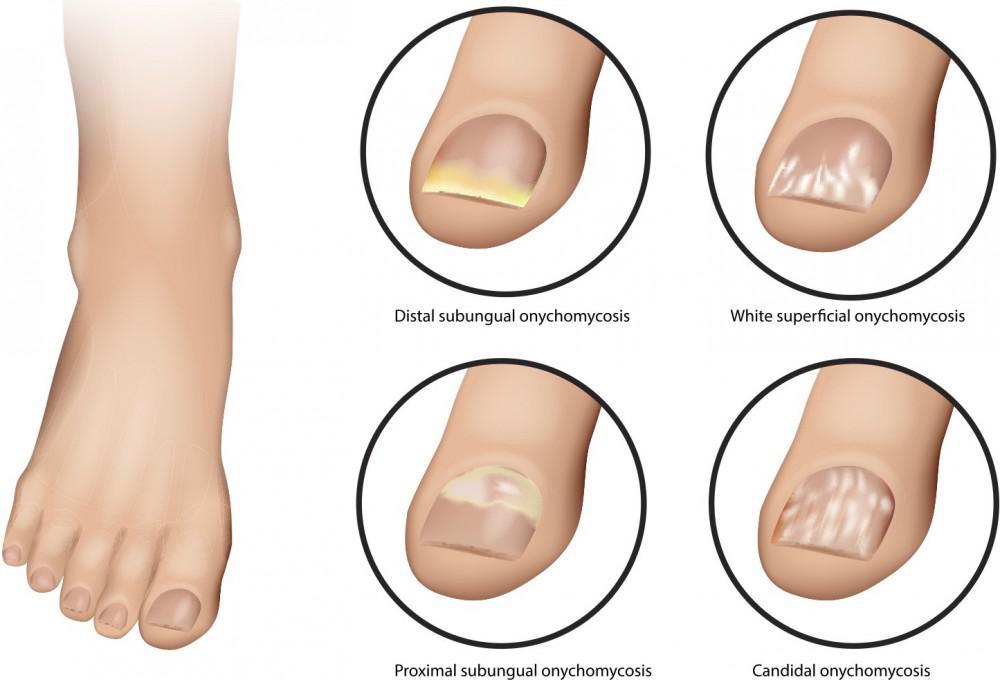
Bacterial Foot Infections
While somewhat less common than a fungal infection, a bacterial foot infection can sometimes turn serious, moving from a local infection to a systemic (whole-body) one. Most are established through breaks or abrasions in the skin, often as a result of a penetrating wound.
Bacterial infections beneath or adjacent to a toenail are often the consequence of an ingrown toenail (onychocryptosis). Even eczema, athlete’s foot, or a severe sunburn can provide an opportunity for infection by compromising the outermost layer of skin (epidermis).
While a bacterial foot infection can happen to anyone, certain people are at an increased risk of complications, including:
Older people
People with diabetes, who often have poor blood circulation in the feet and a decreased ability to fight infection
People who are immune compromised, such as those with untreated HIV
People undergoing chemotherapy or those taking immune suppressive drugs
When a bacterial infection occurs, the surrounding skin will become red, swollen, and painful. There may even be a yellow or greenish discharge in the form of pus. The most common bacterial culprit is Staphylococcus aureus, although other types are associated with specific conditions.
* Symptoms of toenail Fungus
Infected nails are usually thicker than normal and could be warped or oddly shaped. They can break easily. Nails with fungus might look yellow. Sometimes a white dot shows up on the nail and then gets bigger. When fungus builds up under your nail, it can loosen and even separate the nail from the bed. The fungus can also spread to the skin around your nail.

